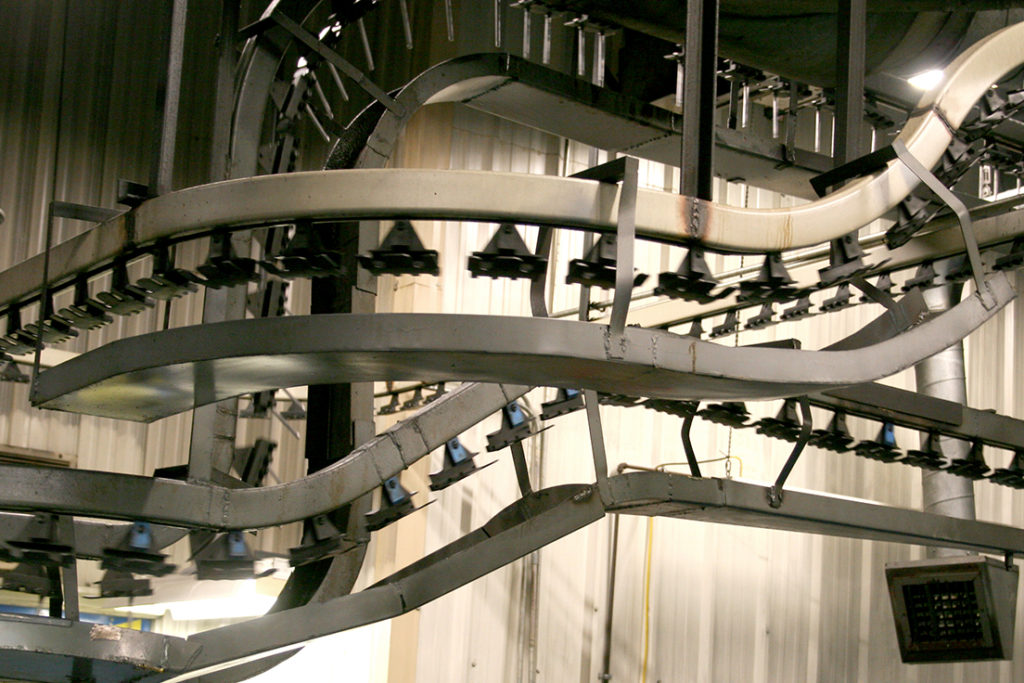
As a manufacturer, your business depends on your assembly line. It helps you serve your customers better by providing the high-quality products they want and expect. Selling these products, in turn, ensures that you generate consistent revenue. So, it makes sense that you want your assembly line to be as efficient and reliable as possible.
Unfortunately, at some stage, you’ll face some assembly line challenges that could impact your output and, as such, your revenue. Fortunately, many of these challenges can be avoided or solved relatively quickly. And when they are, your assembly line can be up and running as fast as possible.
Lack of Maintenance
Lack of maintenance is a major problem that can lead to reduced output and significant maintenance and repair expenses when equipment breaks. A lack of maintenance can be for a variety of reasons from a lack of skills to deal with modern equipment to budget constraints.
There are a few simple solutions to this challenge. For example, monitoring systems allow you to monitor your assembly line constantly, which allows you to identify any issues before they become significant enough to cause complete breakdowns. Likewise, the right equipment can also play a role. For instance, Richards-Wilcox Conveyors’ range of assembly conveyor systems are reliable and require less maintenance. In turn, this ensures more productivity.
Decreased Efficiency and Productivity
Another major challenge is decreased efficiency and productivity. This can be a result of wear and tear, which then reduces output. We’ve already mentioned that monitoring and using the right equipment can be effective strategies to eliminate these challenges.
Another cause, however, is unbalanced station workloads. These lead to bottlenecks in the system that not only decrease efficiency and productivity but could also lead to reduced quality. The main cause of these imbalances is a lack of visibility over the system and improper planning.
As a result, the solution is, to a large extent, proper planning. At Richards-Wilcox Conveyor, we engineer custom assembly line solutions that are engineered for maximum speed and efficiency, taking into account the customer’s budget and space constraints.
Low Product Quality
When your assembly line does not perform optimally, you’ll inevitably face product quality issues at some stage. As mentioned earlier, all these issues stem from improper planning. Fortunately, they can be eliminated if you follow the right process from the start.
At Richards-Wilcox Conveyor, we design assembly line conveyor systems that are best suited to your factory’s unique needs, and our design process starts with proper planning. This gives you a system that’s optimized for productivity with a layout that facilitates the smooth transfer of products from one point to the next and allows for easy loading and unloading.
Also, during the design process, conveyor simulation is a crucial component. The purpose of this is to demonstrate the system’s operation, identify any potential issues, and fine-tune the design before installation. This allows us to explore different designs while at the same time, saving you time and money.
Long Changeover Times
By now, you know that market trends evolve consistently, and, with this evolution, the demand for products changes. As such, it’s crucial that you understand this evolution and you’ll need to adapt your offering based on what the market expects. At other times, especially with advancements in technology, all or part of your assembly line should be replaced.
Either way, this will require a changeover. Unfortunately, for many manufacturers, this takes up too much time. In turn, this leads to reduced output. Conversely, because this takes so much time, manufacturers avoid changeovers altogether, which then leads to inventory overproduction.
The solution is proper planning and taking the right approach to changeovers. For instance, you could implement your assembly line in such a way that it’s not necessary to shut the entire system down during a changeover or utilize long weekends to minimize downtime. At Richards-Wilcox Conveyor, we focus on understanding your unique needs and can incorporate the necessary measures to reduce changeover times into your design.
Human Error
Finally, you should never discount human error when it comes to the efficiency and reliability of your assembly line. In fact, it could be one of the most common challenges you’ll face.
Eliminating this hinges on two aspects – incorporating more automation and improved training. With automation, you’ll eliminate manual tasks, which, by design, reduces human error and training gives your team the tools they need to be more efficient and productive.
The Bottom Line
Hopefully this post helped illustrate some of the common assembly line challenges you’ll face. More importantly, we hope that you now have some idea of how to solve them. To learn more about our range of solutions to these challenges, including our monorail conveyor systems and enclosed track conveyors, and how we can make your assembly line more efficient, get in touch with Richards-Wilcox Conveyor today.